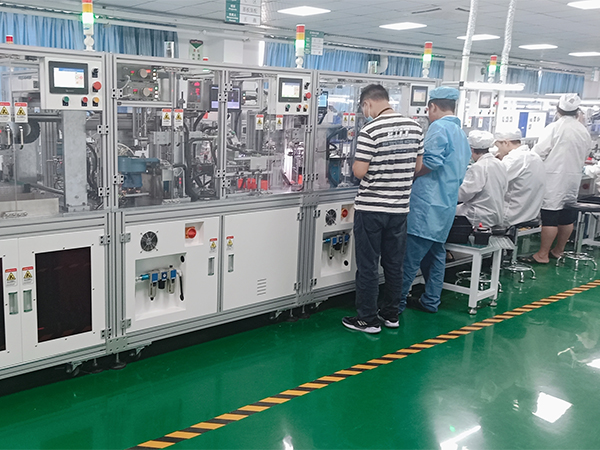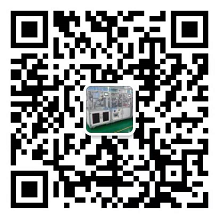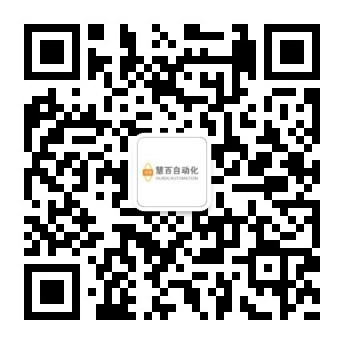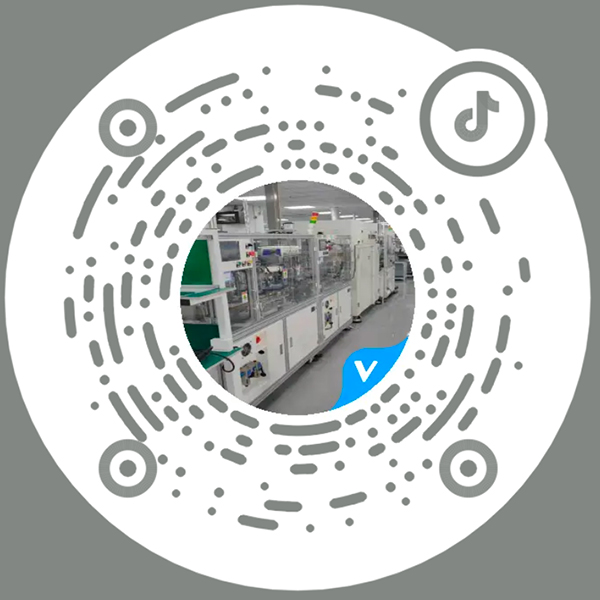Solution supplier of micro motor automation equipment

Automatic production line refers to a form of production organization in which the product process is realized by an automated machine system. It is formed on the basis of the further development of the continuous pipeline. In the changing tide of global industrial production, the concept and technology of automation and intelligence are continuously applied, and the popularity is getting higher and higher. Let me introduce the main components of the automatic production line.
One. Controller
Automatic production line-the brain of an automated factory
The controller refers to a master device that changes the wiring of the main circuit or the control circuit and changes the resistance value in the circuit according to a predetermined sequence to control the start, speed, brake and reverse of the motor. It is composed of program counter, instruction register, instruction decoder, timing generator and operation controller. It is the "decision-making body" that issues orders, that is, it coordinates and directs the operation of the entire computer system. Commonly used controllers in automated factories are plc, industrial computer, etc. The programmable logic controller uses a type of programmable memory for its internal storage of programs, executes user-oriented instructions such as logic operations, sequence control, timing, counting and arithmetic operations, and controls each of them through digital or analog input/output. Types of machinery or production processes.
Second, industrial robots
Automatic production line-executor of automated factory
A robot is a mechanical device that automatically performs work. It can accept human commands, run pre-arranged programs, or act according to principles and programs formulated with artificial intelligence technology. Its task is to assist or replace human work, such as production, construction, or dangerous work. Robots are generally composed of actuators, driving devices, detection devices, control systems, and complex machinery.
Three, servo motor
Automatic production line-the muscles that the automated factory provides power
Servo motor refers to the engine that controls the operation of mechanical components in the servo system, and is an auxiliary motor indirect speed change device. The servo motor can control the speed and position accuracy very accurately, and can convert the voltage signal into torque and speed to drive the control object. The rotor speed of the servo motor is controlled by the input signal and can respond quickly. In the automatic control system, it is used as an actuator, and has the characteristics of small electromechanical time constant, high linearity, and starting voltage. It can control the received electrical signal Converted into angular displacement or angular velocity output on the motor shaft. Divided into two categories of DC and AC servo motors, its main feature is that there is no rotation when the signal voltage is zero, and the speed decreases at a uniform speed with the increase of torque.

Four. Sensors
Automatic production line-the touch of an automated factory
A sensor is a detection device that can feel the information being measured, and can transform the sensed information into electrical signals or other required forms of information output according to certain rules, so as to meet the needs of information transmission, processing, and Storage, display, recording and control requirements. It is the first link to realize automatic detection and automatic control. In modern industrial production, especially in automated production processes, various sensors are used to monitor and control various parameters in the production process to make the equipment work in a normal or optimal state, and to achieve the best quality of products. Therefore, it can be said that without many excellent sensors, modern production has lost its foundation.
Five, frequency converter
Automatic production line-switch for automated factory
The frequency converter is a power control device that uses frequency conversion technology and microelectronics technology to control AC motors by changing the frequency of the motor's working power supply. The frequency converter is mainly composed of rectifier (AC to DC), filtering, inverter (DC to AC), braking unit, drive unit, detection unit and micro-processing unit. The inverter adjusts the voltage and frequency of the output power supply by breaking the internal IGBT, and provides the required power supply voltage according to the actual needs of the motor, thereby achieving the purpose of energy saving and speed regulation. In addition, the inverter has many protection functions. , Such as overcurrent, overvoltage, overload protection and so on.
Service Hotline
Service Hotline
Service Hotline

WeChat public account

Mobile station

Tik Tok.
